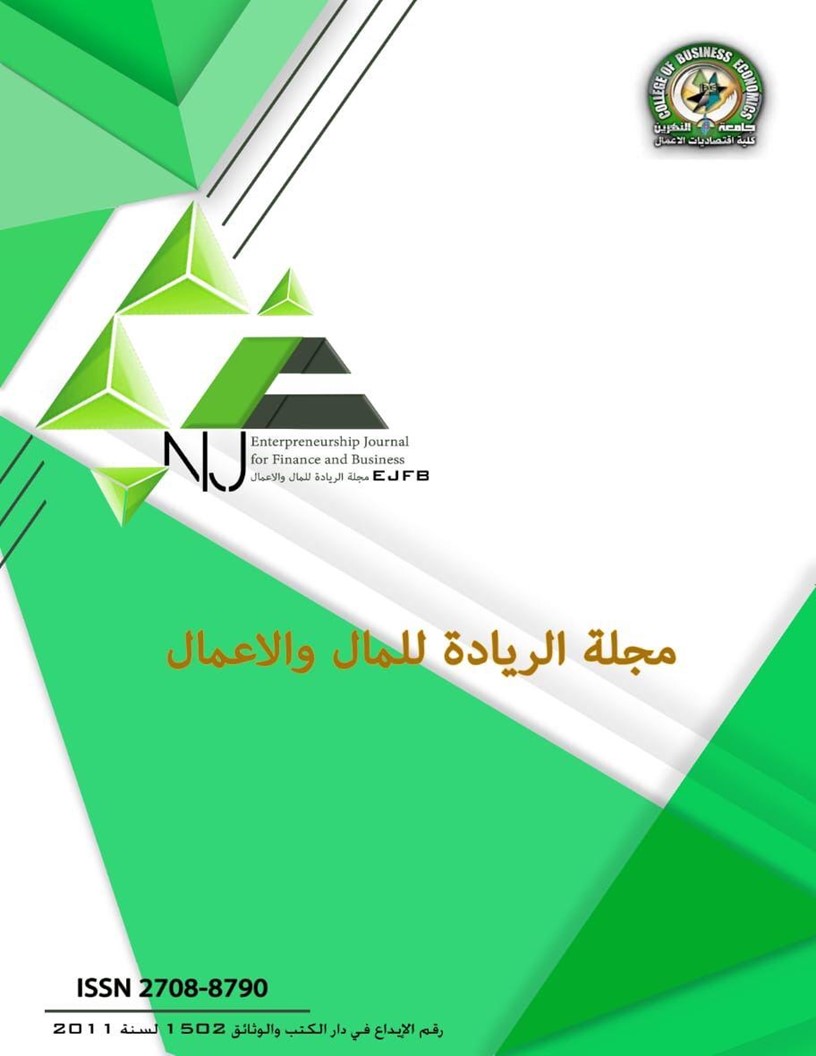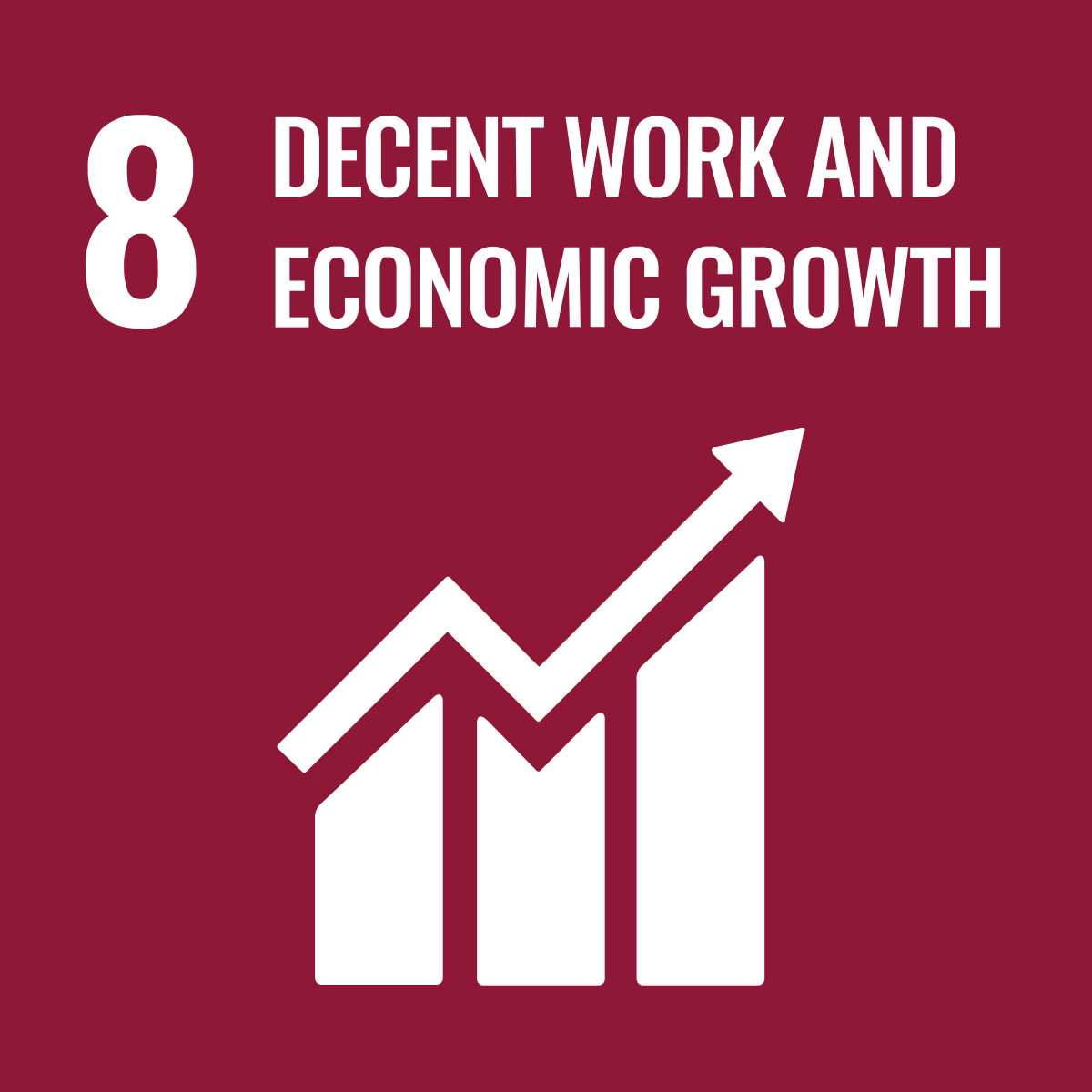The Impact of Economic Variables on the Volume of Public Spending- Malaysia as for the Period (1990-2020)
DOI:
https://doi.org/10.56967/ejfb2022236Keywords:
government spending, gross fixed capital formation, public debt, population, GDP growthAbstract
The research includes both theoretical and practical aspects. The study aims to analyze and measure the relationship between public spending (the approved variable) and the explanatory variables in Malaysia during the time period (1990-2020) by using the Autoregressive Distributed Time Gaps (ARDL) methodology using Time Series Data during the study period. In order to achieve this goal, the theoretical aspect of public spending and its components and limits of public spending was shortened, with the presentation of the economic effects of government spending. In addition to clarifying the relationship between economic variables and public spending in Malaysia, then presenting and analyzing the results of quantitative measurement. The research reached many results, the most prominent of which was the existence of a positive significant relationship between government spending and the variables of total fixed capital formation, public debt and population. And a significant inverse relationship between the dependent variable government spending and GDP growth. As a result of these results that emerged from the standard analysis of the model, it is worthwhile for the study country to adopt ways and methods to reduce government spending rates within the limits of public revenues available to each country. The research aims to analyze the impact of macroeconomic variables on government spending, as well as to evaluate the behavior of government spending in Malaysia.
Downloads
Downloads
Published
How to Cite
Issue
Section
License

This work is licensed under a Creative Commons Attribution 4.0 International License.
This is an Open Access article distributed under the terms of the creative commons attribution (CC BY) 4.0 international license which permits unrestricted use, distribution, and reproduction in any medium or format, and to alter, transform, or build upon the material, including for commercial use, providing the original author is credited.






